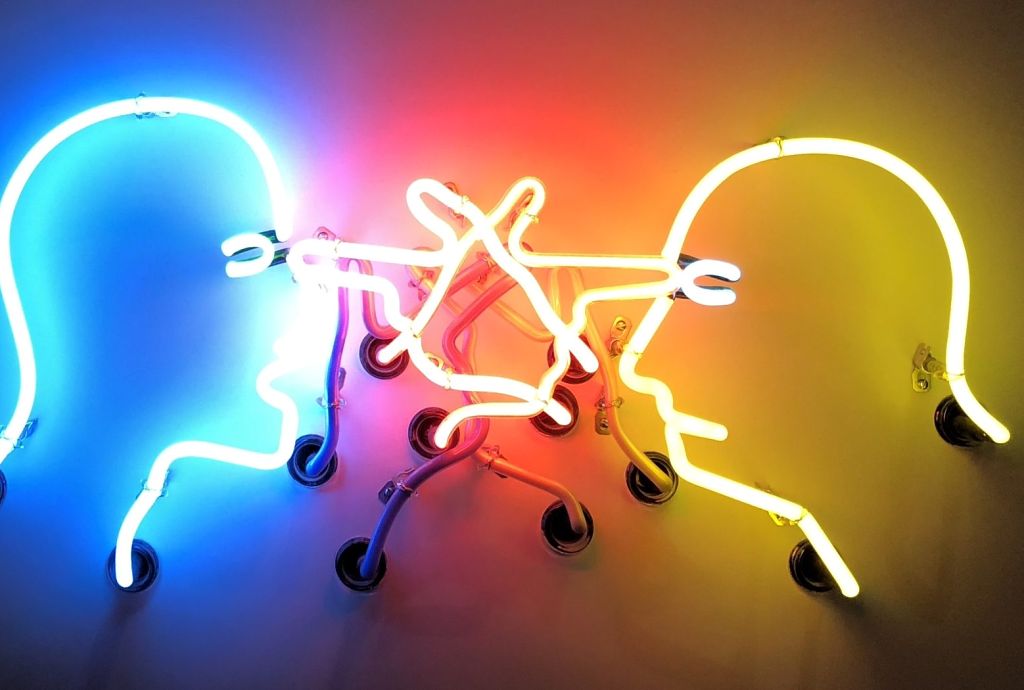Leading through change

I’ve been asked by a client to help her think about the way potential organisational changes also pushes changes in what leadership looks like there. I thought I’d muse about it here, see if we get any discussion going, and then get back to her about what we can collectively learn.
I’ve obviously been writing about leading towards an uncertain future quite a lot lately; my new book is also about that topic, so it’s pretty much constantly on my mind. And there is a mind-set and skill shift required in that complex condition. At my client’s organisation, it’s not just that the global future is uncertain, it’s that there’s a major change coming and people don’t know when or quite what it will be. It’s clear though that the organisational structure and approach that brought the organisation to where it is now will not bring it to where it needs to be next.
So the number one quality her leaders are going to need for the next period is capacity to cope with change. I think this is made up of at least two pieces: 1) a set of tools or approaches to supporting changes that stick and 2) a capacity for helping to deal with the emotions that fly around during unsettled times. I’ll take the second one first, because if you can’t do that, the first one doesn’t matter.
Change can be emotional. It often makes people anxious and afraid. They may be grieving the loss of power or loss of relationships or of their livelihood or their identities. They may be angry about the way the change has come about, or about decisions they disagree with and over which they had no control. They will almost certainly be a little anxious by their potential incompetence in whatever this new thing is they’re being asked to do. And leaders who are leading these changes are not immune to this grief, anger, or anxiety either. They will be feeling some or all of these emotions themselves, as well as trying to manage the odd ways people flare up during times when emotions are raw.
A leader who turns a blind eye to emotions—her own or others’—cannot intervene to make things better. A leader who gives into emotions—his own or others’—is similarly unhelpful in these charged times. Instead, leaders need to be able to watch their own emotions and the emotions of others, notice when to push past them and notice when to stop and be inside them. They need to be able to neither get swept away by these emotions nor sweep away the emotions of others, but to be inside them and to make sense with and of them.
Skill-wise, this requires attention, listening, and the ability to have conversations that might not feel like regular work conversations. But the mind-set that sits under these skills is probably more important than the skills themselves. Leaders need to be able to be curious about the emotional states of others, to be aware of their own emotional state, and to have a language and an approach for talking about emotions. They need to notice when they are overcome by their own anger or sadness or fear and find a way to calm themselves—with a walk around the block, a conversation with a helpful mentor, or a weekend retreat. They need to believe that emotions and our entire embodied responses are not hurdles to get over so that we can get to the real work, but a key piece of what the real work is, a key piece of what it means to be human.
The first step is probably just to begin to turn our ears and our bodies to our own emotional signals, and then begin to notice the emotional signals of others. Corporate life teaches us how to be tone deaf to emotions just as it teaches us how to mask them with polite chatter and then passive aggressive approaches after the meeting. We need to relearn what it means to listen to our bodies—our emotional thermometers—and cope with what is coming up with us as we begin to explore what it means to the hearts, minds, and bodies of those around us.
William Bridges work on coping with change has been around for awhile. The one thing that has stood out for me with his theory and from working with people dealing with big change, is that we need to tune into where someone is on their journey with change and meet them there. One person in the organisation may be feeling anger and frustration around the grief of what has been lost in the change. The next person I interact with may already moved through the grief and may be anticipating the positive outcomes they can see coming with the change. Being psychologically flexible helps us give space to our own emotions and it helps us to be open to the many different places others may be on the change roller coaster.